Agriculture
Fun Facts About Cornwall Park Farm
Walking around our beautiful park, you probably have seen our sheep and cattle munching on grass and relaxing under the trees on various paddocks. Our farm is unusual in being in the middle of the biggest city in Aotearoa New Zealand. Have you ever wondered what the farm was used for historically; how the cows and sheep get to the middle of the city and what breed they are? Here are some fun facts about our farm, its caretakers and its residents.
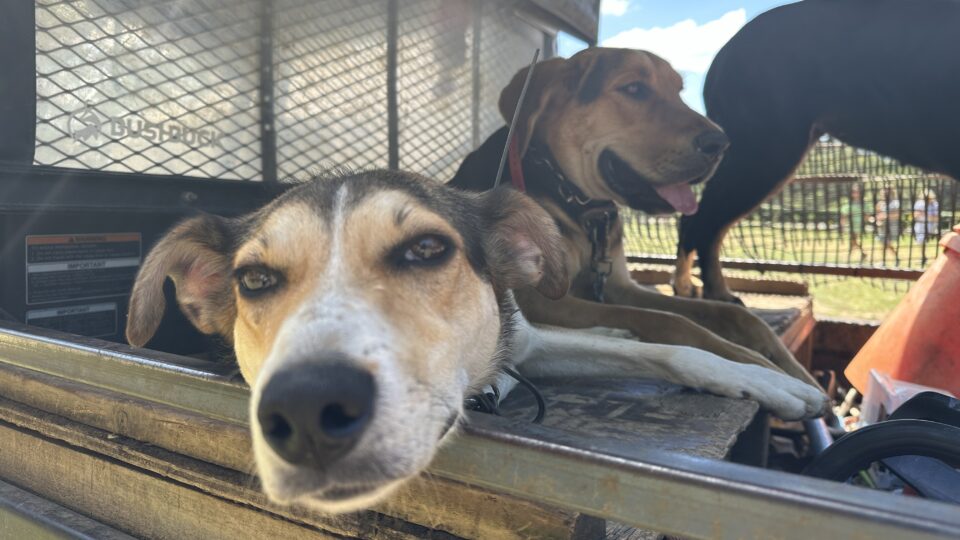
1. We have three farmers working tirelessly with our sheep and cattle in the park and they are assisted by eight very dedicated farm dogs. Interestingly, each dog has a unique role to play: some excel at barking and herding the sheep into designated areas, while others are skilled at identifying the lead sheep of the herd.
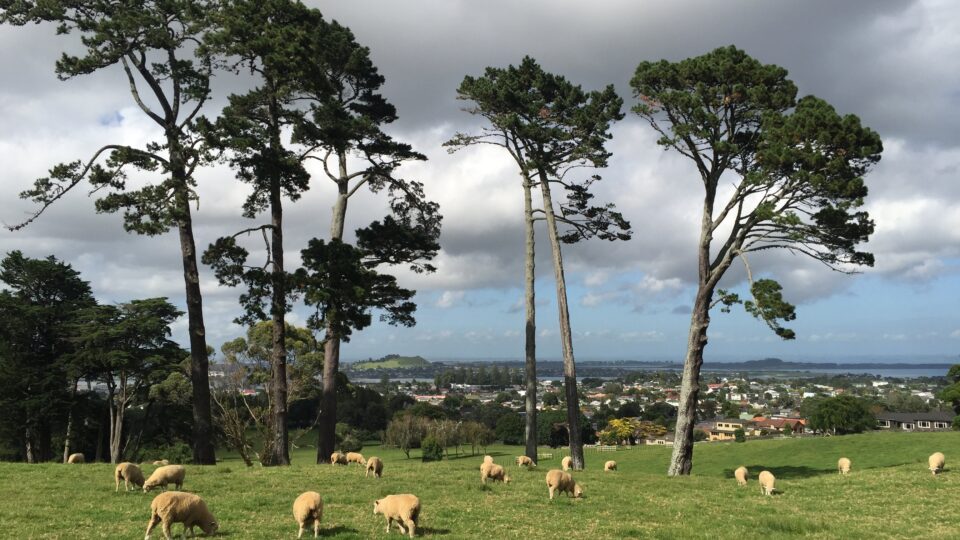
2. Although many people assume that we produce dairy due to the presence of sheep and cattle on the farm, Cornwall Park is actually a dry stock farm. We do not milk our cows or sheep for dairy purposes. Instead, our farm animals are raised for wool, meat, and leather. Our ewes typically live in Cornwall Park for five to six years before being sold.
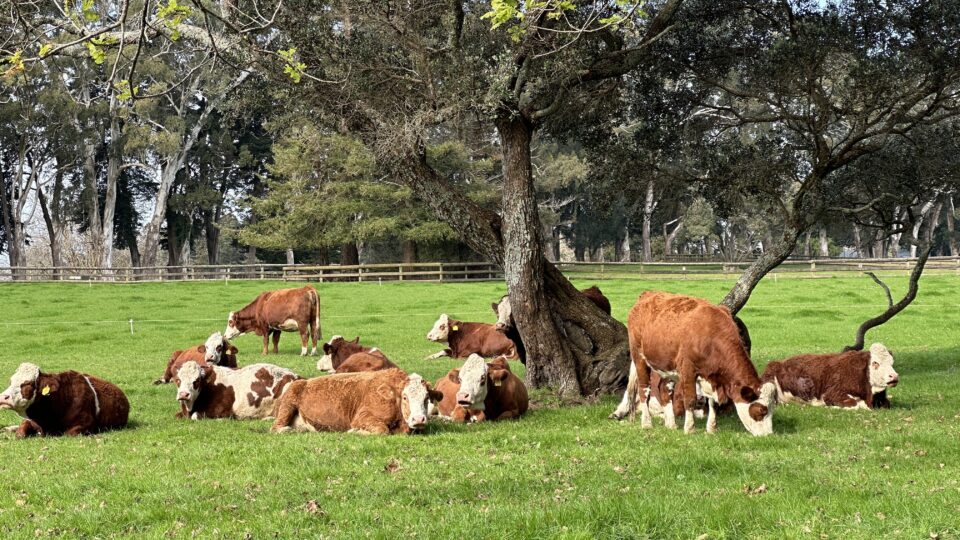
3. The cattle on our farm are Simmentals, a breed originally from Switzerland. Known for their calm and docile nature, they are also highly protective of their calves. The cows typically weigh between 700 and 900kg, while the bulls can reach an impressive weight of up to 1,300 kg.
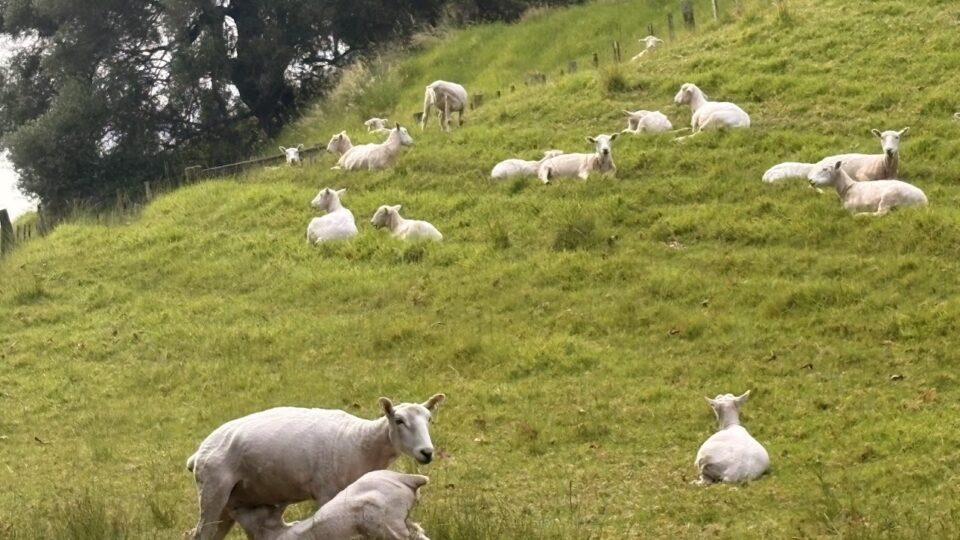
4. The sheep on our farm are all Perendale ewes. They are known for being well-muscled, hardy and having good mothering traits.These ewes have been bred to be more tolerant to diseases like facial eczema. Did you know? Sheep can recognize up to 50 faces, whether human or animal.
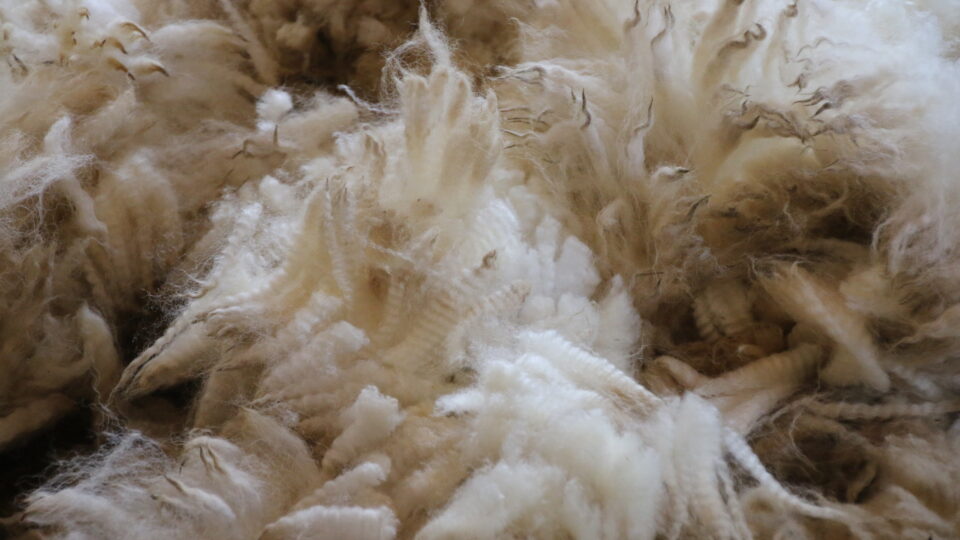
5. Our sheep are shorn twice a year: once in May and again in December. The May shearing takes place just before winter, allowing the sheep to eat more as they stay warmer, which benefits their unborn lambs. This timing also gives their fleece a chance to grow back slightly, but not too much, as a full coat during winter could lower their core body temperature and make them more susceptible to illness. In December, the shearing helps the sheep stay cool during the summer months.
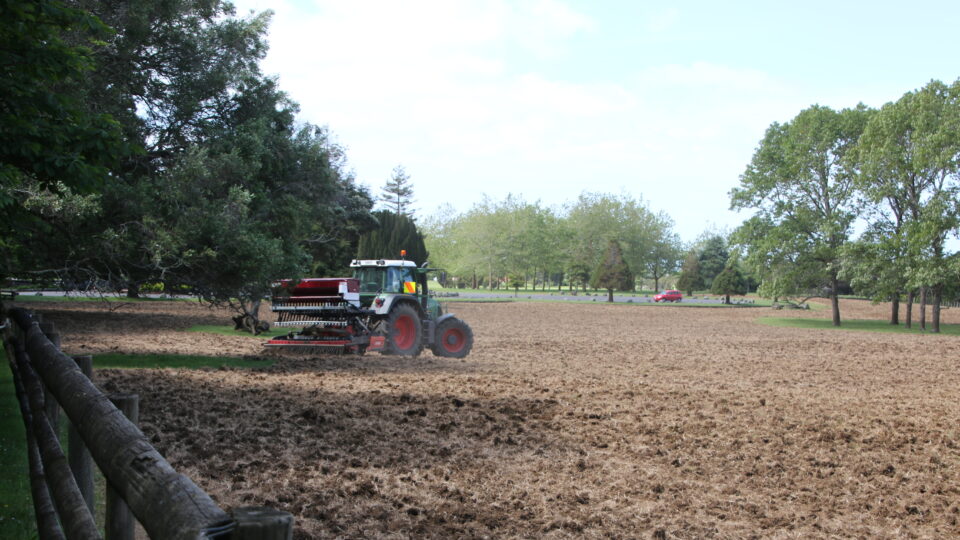
6. Every year our farmers plant 7ha of park farmland with a kale/turnip hybrid crop, Pallaton Raphno (Raphanobrassica), to feed our livestock during the dry summer months. This crop is an excellent option for sheep when the grass is dry in summer heat. This impressive plant is drought and insect tolerant, matures quickly, and allows multiple grazings. The following autumn the paddocks are re-grassed, with nutrient-dense grasses that have been bred to be tolerant of some diseases, and this helps reduce the chance of kikuyu grass seeding. Kikuyu is a low-quality grass that can creep its way into our grass/clover pasture blends and has the potential to cause diseases for livestock.
Learn more about our farm in Huia Lodge Discovery Hub. You can also find out where our sheep and cows are on the day you visit on our regularly updated sign in Huia Lodge.
